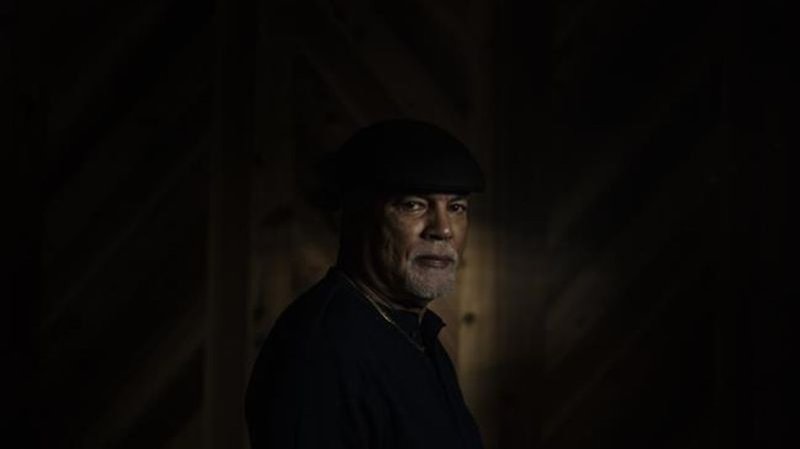
‘One of the biggest Black settlements in Western Canada’ has rich history
There isn’t much left in Amber Valley.
There’s a community hall, a few homes and a cemetery. Former residents say people driving by on the highway might not even notice it’s there.
But they quickly add the almost forgotten community in northern Alberta has a rich history.
“Amber Valley was one of the biggest Black settlements in Western Canada,” Ron Mapp, an Edmontonian who grew up in the community, said in an interview with The Canadian Press.


